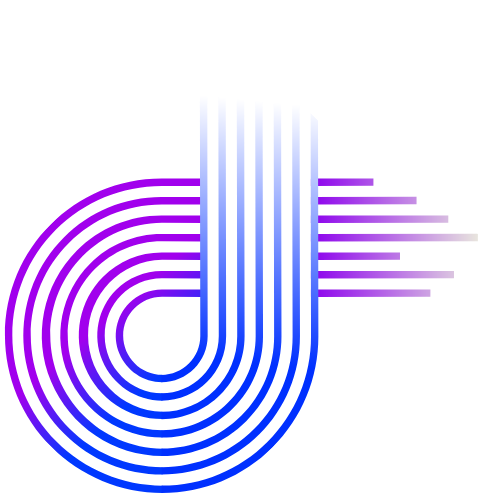What dbt can do for you
In the dynamic world of data engineering, dbt (data build tool) has made a significant impact. Renowned for its efficiency in data transformation within the warehouse, dbt is a favorite among data professionals. But there’s more to dbt than meets the eye. This blog post explores three unique and innovative use cases of dbt, providing insights into its versatility and potential for transforming your data approach.
1. Real-time Data Anomaly Detection
Use Case Overview:
dbt can be leveraged for real-time anomaly detection in data streams. This involves creating a framework within dbt to monitor data for irregularities as it is transformed.
Steps for Analysis:
- Data Profiling: Use dbt to profile incoming data, establishing benchmarks for what constitutes ‘normal’ data.
- Anomaly Detection Logic: Write custom dbt models to detect deviations from these norms.
- Alert System Integration: Integrate dbt models with alert systems to notify stakeholders of anomalies.
Sample Code:
-- dbt model for detecting unusual spikes in web traffic
with base as (
select
date_trunc('hour', created_at) as hour,
count(*) as page_views
from
web_events
group by
1
),
lag_data as (
select
hour,
page_views,
lag(page_views) over(order by hour) as prev_page_views
from
base
)
select
hour,
page_views,
prev_page_views,
case
when page_views > 1.5 * prev_page_views then 'High Spike Detected'
else 'Normal'
end as anomaly_status
from
lag_data2. Dynamic Data Product Generation
Use Case Overview:
dbt can be used for creating dynamic, customer-facing data products, like personalized reports or dashboards, by transforming and assembling data in real-time based on user inputs.
Steps for Analysis:
- User Input Collection: Set up a mechanism to collect user inputs (like date ranges, specific metrics).
- Dynamic Query Generation: Utilize dbt’s Jinja templating to create dynamic queries based on these inputs.
- Data Product Assembly: Build dbt models that assemble the final data product, such as a report or a dashboard.
Sample Code:
-- dbt model for generating a dynamic customer report
{% set user_input_date = var('user_input_date') %}
select
customer_id,
sum(sales) as total_sales,
avg(satisfaction_score) as avg_satisfaction
from
sales_data
where
sale_date between '{{ user_input_date.start_date }}' and '{{ user_input_date.end_date }}'
group by
customer_id3. Predictive Maintenance for IoT Devices
Use Case Overview:
In an IoT context, dbt can be instrumental in predictive maintenance, analyzing device data to predict when maintenance is needed.
Steps for Analysis:
- Data Aggregation: Use dbt to aggregate IoT device data over time.
- Predictive Model Integration: Embed predictive models in dbt models to analyze this data for maintenance signals.
- Maintenance Scheduling: Automate maintenance scheduling based on predictive outputs.
Sample Code:
-- dbt model for predicting maintenance needs
with device_aggregate as (
select
device_id,
avg(temperature) as avg_temp,
avg(vibration) as avg_vibration,
max(error_code) as last_error
from
iot_device_data
group by
device_id
)
select
device_id,
avg_temp,
avg_vibration,
last_error,
case
when avg_temp > 50 or avg_vibration > 5 then 'Maintenance Required'
else 'Normal Operation'
end as maintenance_status
from
device_aggregateWhere to go from here
Expanding the horizons of dbt beyond traditional data transformation reveals its potential as a versatile and powerful tool. From real-time anomaly detection and dynamic data product generation to predictive maintenance for IoT devices, dbt can handle a diverse range of challenges. By integrating dbt into these unconventional use cases, organizations can unlock new insights and capabilities from their data.
Ready to embark on your dbt journey? Start by exploring the following resources:
- dbt Labs Documentation: https://docs.getdbt.com/docs/collaborate/documentation
- dbt Community Forum: https://discourse.getdbt.com/
- dbt Slack Community: https://www.getdbt.com/community





